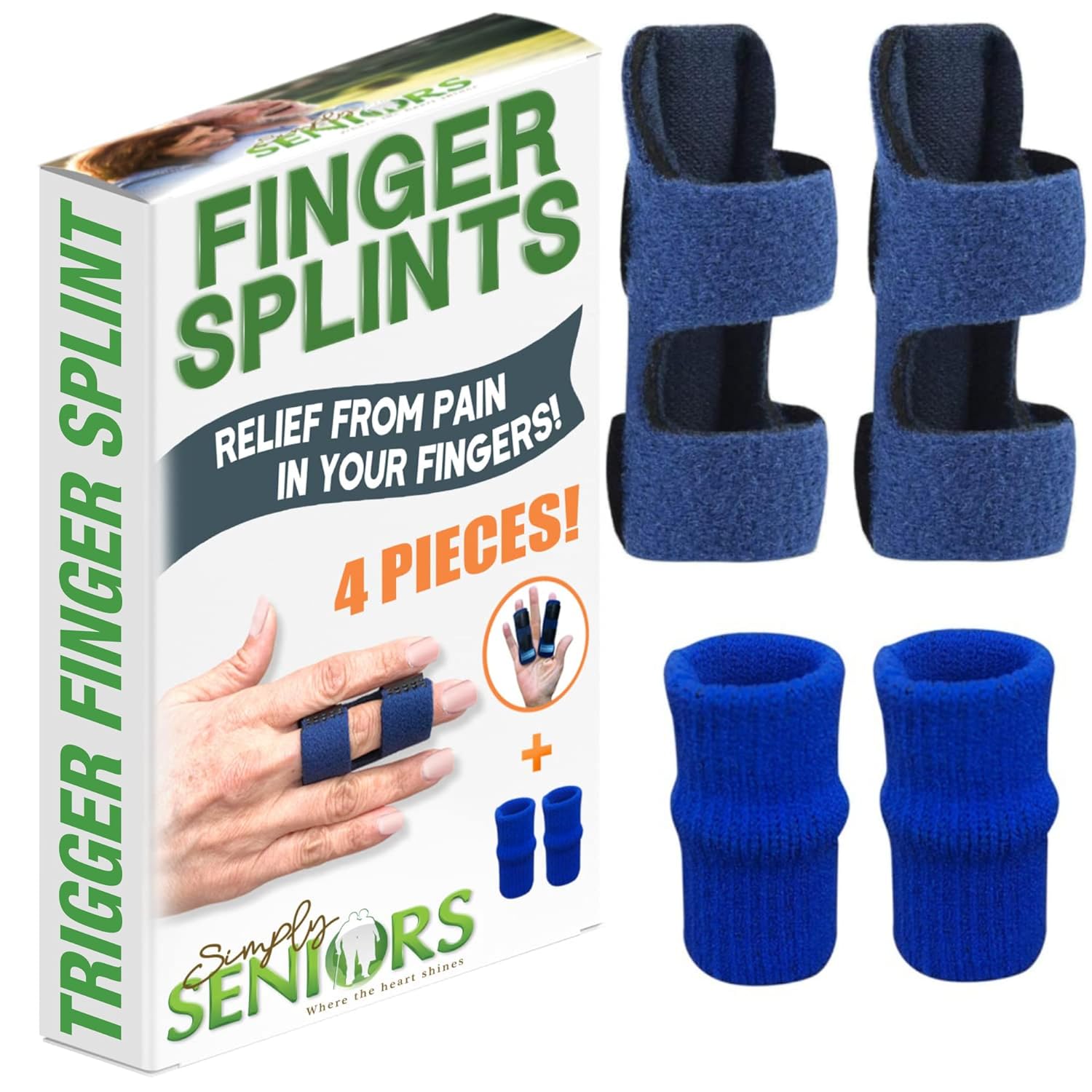Finger injuries are common occurrences, especially for active seniors. Whether from a fall, a sports mishap, or overuse, a finger splint can be a valuable tool to promote healing and minimize pain. At Simply Seniors, we understand the importance of maintaining an active lifestyle, and finger splints can help you get back to doing the things you love.
What is a Finger Splint?
A finger splint is a medical device designed to immobilize or support an injured finger. They come in various types, materials, and sizes to address different injuries. Finger splints work by:
- Limiting movement: This prevents further injury and allows the bones, tendons, or ligaments to heal properly.
- Reducing pain: By stabilizing the joint, finger splints can significantly reduce discomfort.
- Promoting proper healing: Immobilization helps ensure the injured structures heal in the correct alignment.
Benefits of Using a Finger Splint
Finger splints offer a multitude of benefits for seniors with finger injuries, including:
- Faster healing: By keeping the finger immobile, splints promote a faster and more effective healing process.
- Reduced pain and swelling: Splints help minimize inflammation and pain, leading to increased comfort.
- Improved function: By supporting the injured finger, splints allow for better hand function during daily activities.
- Protection from further injury: Splints prevent accidental movement that could worsen the injury.
Types of Finger Splints
There are several types of finger splints available, each designed for specific injuries:
- Buddy taping: This simple method involves taping the injured finger to an uninjured neighbouring finger for support.
- Rigid splints: These splints, often made of aluminium or plastic, offer maximum immobilization.
- Mallet finger splints: These splints hold the tip of the finger extended to promote healing of a mallet finger injury.
- Woltmann splints: These splints support the middle joint of the finger and are commonly used for the trigger finger.
Simply Seniors does not recommend self-diagnosis or treatment. If you suspect a finger injury, consult a healthcare professional to determine the best course of action and get a properly fitted finger splint.
For more information on finger splints or other senior health and wellness topics, visit Simply Seniors at [https://simplyseniorsco.com/]. We offer a wealth of resources to help you stay active, healthy, and independent.


